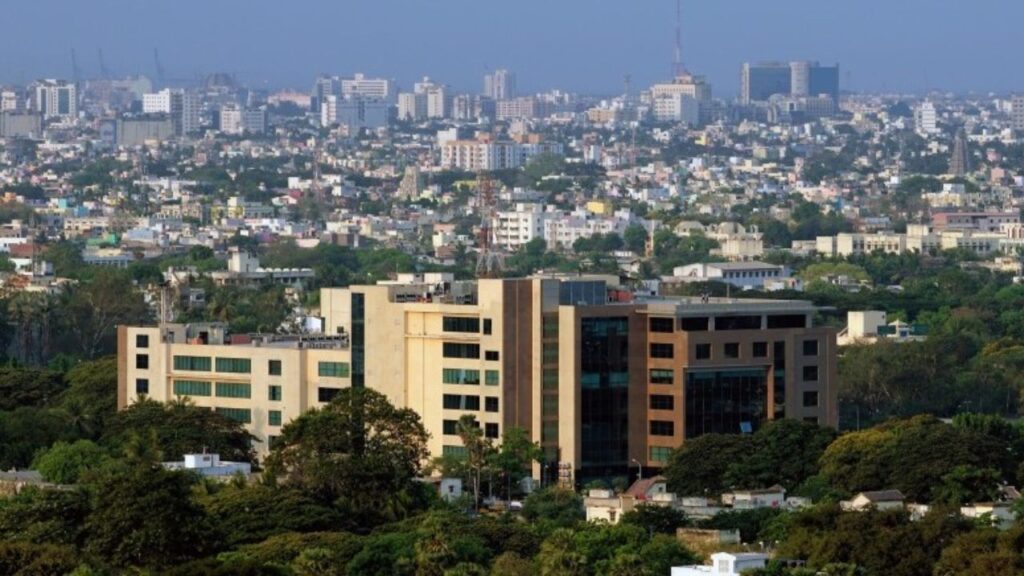Homeownership continues to be a top priority for a significant portion of Indians, with a new study revealing that 80% of the country’s population is inclined toward owning their own property. According to the Knight Frank India report, this trend is especially prevalent in cities like Chennai, Ahmedabad, and the Mumbai Metropolitan Region (MMR), where the purchase sentiment is particularly strong. The desire to own a home is driven by several factors, including rising disposable incomes, a growing sense of financial stability, and strong cultural preferences for property ownership. However, cities like Delhi-NCR and Bengaluru show relatively lower homeownership sentiments due to higher property prices and a significant presence of young, migrant professionals who lean toward rental accommodations.
In this article, we’ll delve deeper into the key findings of the study, examine the factors influencing the homeownership sentiment across India, and understand what these trends mean for real estate investors and prospective buyers.
Strongest Purchase Sentiment in Chennai, Ahmedabad, and MMR
The report titled ‘Beyond Bricks: The Pulse of Home Buying’ highlights that regions like Chennai, Ahmedabad, and the MMR demonstrate some of the highest levels of homeownership enthusiasm across the country. These areas have seen a surge in home buying sentiment, with the numbers speaking volumes:
- Chennai: 86%
- MMR: 85%
- Ahmedabad: 83%
These regions are leading the charge due to a combination of factors such as increasing disposable wealth, better financial security, and cultural importance placed on owning a home. The report further points out that cities such as Kolkata and Hyderabad are also showing strong preference for ownership (80% and 81%, respectively), primarily due to a desire for long-term security.

Cities with Lower Homeownership Sentiment
On the other end of the spectrum, cities like Delhi-NCR (74%) and Bengaluru (73%) lag in homeownership sentiment. This can largely be attributed to the high property prices in these regions, which have made it increasingly difficult for middle-class buyers to afford homes. Moreover, an influx of young professionals in these cities, many of whom prefer rental accommodations for lifestyle flexibility, further reduces the demand for homeownership.
Demographic Influence on Homeownership Preferences
The study shows that higher-income individuals and millennials are the most likely to prioritize homeownership.
- 91% of respondents with an annual income above ₹5 million are inclined toward owning a home.
- 82% of millennials also express strong intent to buy homes.
Conversely, Gen Z (71%) and lower-income groups earning less than ₹1 million annually (72%) show relatively lower purchase sentiment, primarily due to affordability concerns and early-stage career mobility.
The Continued Rise of Apartments as Preferred Residential Choices
Across generations and income groups, apartments remain the preferred residential choice. While high-income buyers still express a preference for independent houses or villas, particularly in metropolitan areas, the overall trend points to apartments being the go-to choice for most Indians. The survey revealed that 37% of respondents are looking to buy a home to upgrade to a better living space, while 32% are buying their first home for end-use.
Key Factors Influencing Homebuying Decisions
Several factors shape the preferences of prospective homebuyers in India:
- Location: Proximity to essential facilities like health centers and shopping outlets continues to hold major importance. A large portion (58%) of homebuyers want their homes to be closer to health facilities, and 53% prefer being near shopping outlets.
- Public Transport Access: About 40% of respondents prioritize easy access to public transport when selecting their homes.
- Developer Reputation and Affordability: Reputation of the builder, affordability, and lifestyle amenities are also significant factors in the decision-making process.
However, amenities like fitness centers (16%) and community clubs (23%) ranked lower in importance, as many homebuyers now expect these features as standard offerings in modern housing projects.
Summary Table: Quick Facts
| Key Insight | Percentage (%) |
|---|---|
| Indians favor homeownership | 80% |
| Strongest preference for ownership | Chennai (86%), MMR (85%), Ahmedabad (83%) |
| Lowest preference for ownership | Delhi-NCR (74%), Bengaluru (73%) |
| Homebuyers preferring apartments | 37% (to upgrade space) |
| Health facility proximity | 58% |
| Public transport access | 40% |
| Developer reputation | High importance |
Official Quote:
According to Shishir Baijal, Chairman and Managing Director of Knight Frank India, “Homeownership has emerged as a robust and enduring trend, particularly in the post-pandemic period, resulting in a marked increase in residential demand. This momentum was further supported by proactive measures undertaken by regulatory authorities, including extended reductions in repo rates and buyer-centric incentives such as stamp duty rebates.”
Frequently Asked Questions (FAQs)
1. Why is homeownership becoming more popular in India?
- The rise in disposable incomes, better financial stability, and strong cultural preferences for owning property have contributed to an increase in homeownership sentiment across India.
2. Which cities in India show the highest demand for homeownership?
- Chennai, MMR (Mumbai Metropolitan Region), and Ahmedabad lead the country in homeownership sentiment, with figures reaching as high as 86% in Chennai.
3. What factors influence Indian homebuyers the most?
- Key factors include proximity to health facilities (58%), shopping outlets (53%), and access to public transport (40%). Affordability and developer reputation also play significant roles.
4. What is the current sentiment for homeownership among younger people and high earners?
- Millennials and high-income earners (annual income above ₹5 million) show strong homeownership sentiment, with 82% of millennials and 91% of high earners preferring to own a home.
5. How has the pandemic influenced the demand for residential properties in India?
- The post-pandemic period has seen a significant increase in residential demand, fueled by factors like reduced repo rates, buyer-centric incentives, and the growing desire for long-term security.
